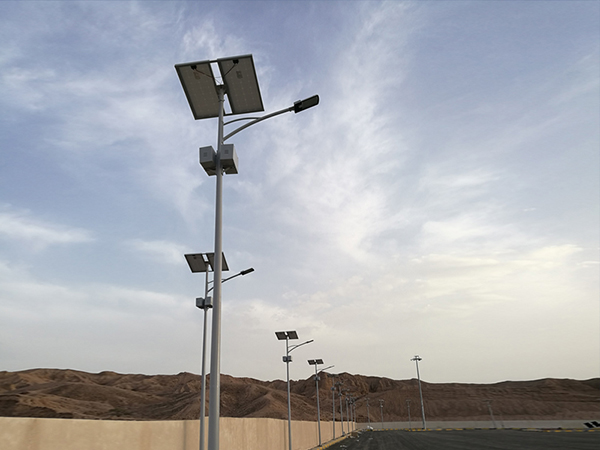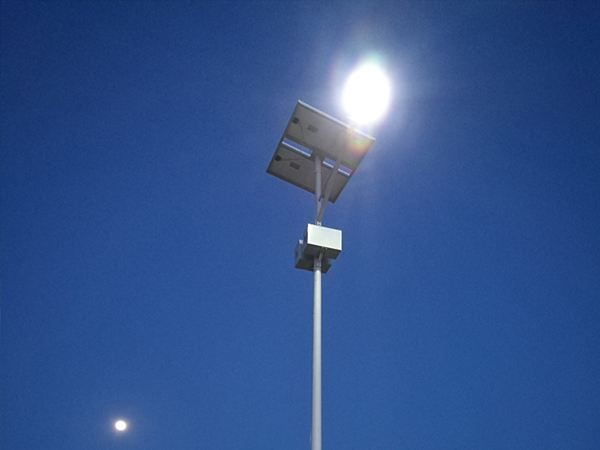Solar street lamps are favored by everyone because of their environmental protection advantages. For solar street lamps, solar charging during the day and lighting at night are the basic requirements for solar lighting systems. There is no additional light distribution sensor in the circuit, and the output voltage of the photovoltaic panel is the standard, which is also the common practice of solar energy systems. So how can solar street lamps be charged during the day and only lit at night? Let me introduce it to you.
There is a detection module in the solar controller. Generally, there are two methods:
1) Use photosensitive resistance to detect the intensity of sunlight; 2) The output voltage of the solar panel is detected by the voltage detection module.
Method 1: use photosensitive resistance to detect light intensity
photosensitive resistance is particularly sensitive to light. When the light intensity is weak, the resistance is large. As the light becomes stronger, the resistance value decreases. Therefore, this feature can be used to detect the strength of the solar light and output it to the solar controller as a control signal for turning on and off the street lights.
A balance point can be found by sliding the rheostat. When the light is strong, the photosensitive resistance value is small, the base of the triode is high, the triode is not conductive, and the LED is not bright; When the light is weak, the photosensitive resistance resistance is large, the base is low level, the triode is conductive, and the LED is lit.
However, the use of photosensitive resistance has certain disadvantages. photosensitive resistance have high requirements for installation, and are prone to Miscontrol in rainy and cloudy days.
Method 2: measure the voltage of solar panel
Solar panels convert solar energy into electrical energy. The stronger the light, the higher the output voltage, and the weaker the light, the lower the output light. Therefore, the output voltage of the battery panel can be used as a basis to turn on the street lamp when the voltage is lower than a certain level and turn off the street lamp when the voltage is higher than a certain level. This method can ignore the impact of installation and is more direct.
The above practice of solar street lamps charging during the day and lighting at night is shared here. In addition, solar street lamps are clean and environmentally friendly, easy to install, save a lot of manpower and material resources without laying electrical lines, and improve installation efficiency. At the same time, they have good social and economic benefits.
Post time: Sep-09-2022






